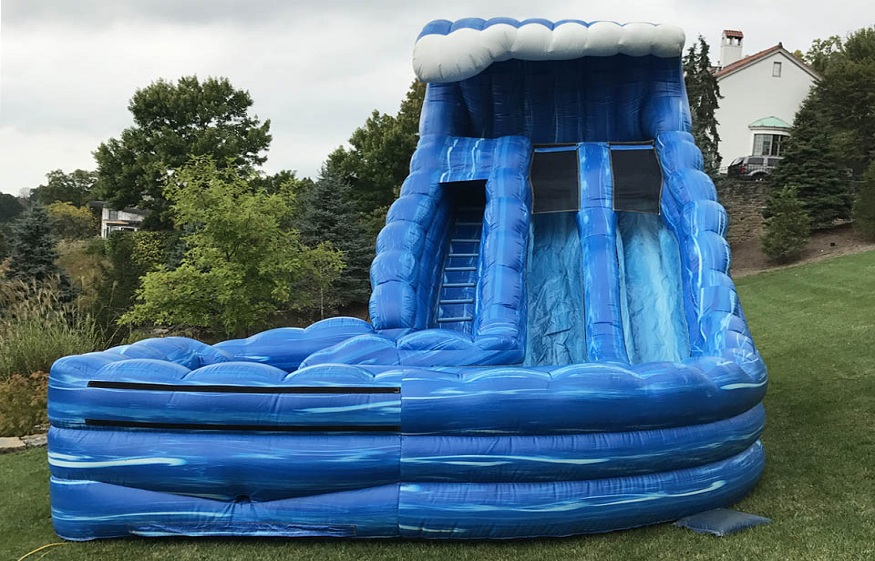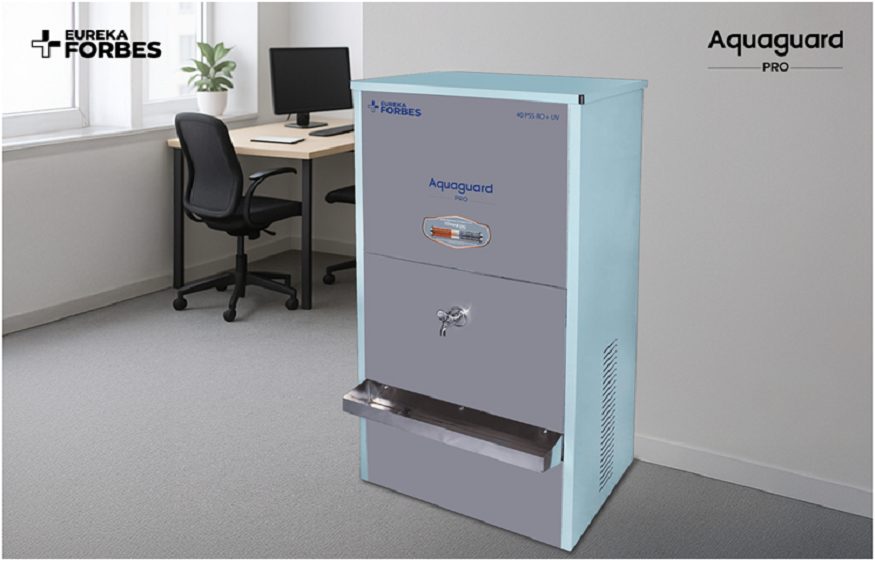Want to learn more about what it takes to claim full ownership of your property after you have finished paying back your home loan? You’ve come to the right place.
When you know how to discharge your mortgage and what pitfalls to look out for, you can navigate the process with ease and confidence. This can help you take control of your property and enjoy being an outright homeowner.
So what do you need to know about discharging your mortgage? What should you keep in mind throughout the process? Follow this guide to get started.
What does it mean to discharge your mortgage?
A mortgage discharge is what happens when the mortgage that secures your home loan is removed from your property title once you have finished paying back your home loan.
By discharging your mortgage, you can take full ownership of your property, releasing the mortgage over the property and therefore releasing your lender’s rights over your property too.
A mortgage discharge is a signed document from your lender, stating that your mortgage contract has been fulfilled and ending any legal claim your lender may have with regard to your home.
When can you discharge your mortgage?
There are several situations where you may be required to discharge your mortgage.
Once you have paid off the outstanding balance of your mortgage, you will need to go through the process of discharging it and having the title registered with the land titles office so that your property is fully in your own name (or your name and those of any co-owners).
You may also need to discharge a mortgage if you are selling your home. A mortgage discharge is essential before any settlements go through. If you want to move your current home loan to your new property, you can usually apply for a substitution of security, which transfers your existing mortgage to a new property title.
Similarly, you may be required to discharge your mortgage if you are refinancing your home loan with a different lender. You’ll need to discharge your current lender’s claim over your property so that you can transition these rights to your new loan and the lender who is providing it.
How to discharge your mortgage
The process of discharging your mortgage begins with reaching out to your lender and discussing your plans. Your lender will most likely ask you to complete a discharge authority form.
When you have completed the discharge authority form with all relevant information, you’ll need to lodge it with the right department at your lender’s office
Following this, you’ll need to register your discharge with the land titles office using the discharge mortgage document your lender provides. In many cases, your lender will do this for you.
Costs associated with discharging a mortgage
Sometimes, there may be some costs associated with a mortgage discharge. These costs will vary depending on your lender.
Some lenders may require a discharge or settlement fee when you end your contract with them. If you are discharged a fixed-rate loan, you may also need to cover an additional fee for early termination of your contract.
If you are unsure of any costs associated with discharging your mortgage, don’t be afraid to communicate with your lender or mortgage broker.
Looking for advice on your mortgage? The experts at Our Top 10 are happy to help! Contact the best mortgage broker Sydney has to offer now.













